While the UniFi controller and the Open Mesh CloudTrax have a similar look (the menu and options are laid in a similar manner), the TP-Link Omada decided to put its menu horizontally and some options can be summoned from a small window that always sits on the bottom page. After you open the controller, you can immediately see the Access Points area, where you can configure each connected EAP device (choose between DHCP/Static, set up the Radios, enable Load Balance, create WLANs, enable Rogue AP detection or Forget the AP).
The same section can be accessed from the Map area which allows you to position your access points on a topographic map and see the signal strength of each device. Besides that, you can also see the Statistics (number of clients, the top access points, the most active AP or client and more), view all the Clients, each with its own set of tags, the Insights section or the Logs, which shows detailed info about what happened on the network.
Besides these, Omada has a Settings section on the bottom of the page which allows the user to change the Wireless Settings (enable 802.11k/v Fast Roaming, the Airtime Fairness, the Band Steering, the Mesh ability, the Auto FailOver, set the Fragmentation and more), the System, the Admin or the Wireless Control – this is an important section mainly because of the Portal Section which has the role to customize the Guest Access using logo pictures, copyright and welcome info, various types of authentications, including Facebook, SMS, Voucher, Portal Server and Simple Password. Here, you can also create Schedules and set up the QoS.
The Ubiquiti UniFi has its main menu positioned vertically on the left and each option summons a new window on the right (be aware that since UniFi controls multiple types of devices, not all sections are dedicated to the access points). To access any adopted wireless AP, you need to go to Devices, where you’ll be greeted by a list of all UAP devices, each displaying a set of tags and, by clicking on any AP, it will open a new section to the right where you will be able to configure and modify pretty much every aspect of your device (including in-depth wireless settings, enabling or disabling the LED, setting up a VLAN or enabling the Wireless Uplink – this is what Ubiquiti calls the proprietary mesh technology that almost all WiFi systems and SMB-level access points have implemented).
The UniFi controller also displays all the clients (each with its own set of tags and by clicking on any of them, you can see some statistics and details), visit the Insight section to see the networks from your neighbours to have a better understanding of which are the most suitable wireless settings to use to avoid any unnecessary interferences.
Some other areas of interest are the Dashboard which shows detailed info about your network and the Settings which includes the Notifications (a comprehensive list from which to choose the notifications that you prefer to receive) and the Guest Control which can be divided into Guest Network (traditional additional network for your guests), the Guest Portal and the Hotspot. The last two are similar to what TP-Link has to offer, but there are some additional elements: you can also customize the guest access using Terms and Conditions, choose the preferred authentication method (such as using a simple password, Facebook, RADIUS, WeChat and more) and, if you enable the Hotspot, you unlock the ability to use vouchers or payment-based authorizations (including PayPal).
Considering the growing popularity of the IPv6, there is some demand that the wireless access points should be compatible with IPv6 and successfully pass the traffic, which means that some users may wonder if there is added support on either APs. Well, Ubiquiti has made some steps towards accomplishing this, so the USG devices completely support IPv6 and the UAP-AC-PRO is capable of receiving the traffic. In the case of TP-Link EAP245, there doesn’t seem to be any support for IPv6 at the moment.
Verdict: The TP-Link Omada offers some of the necessary features suitable for home use and for some small businesses, but it still doesn’t feel like a complete environment mainly, because it isn’t yet there (it only supports access points at the moment). The UniFi controller, on the other hand does a great job at being a centralized system and it’s clearly not a work in progress so, considering that it has all the necessary features to create and maintain a full environment, it wins this round (Omada still has some time to mature, so I will monitor its progress over time and see how it evolves, especially since Ubiquiti has taken some weird steps towards making the controller more expensive, therefore edging on the enterprise-level of cost).
Features and Performance
The new WiFi systems have spoiled us with their ability to cover a larger area than the traditional router using multiple nodes which would create a mesh network, so, besides the hub and spoke topology, you can also create multi-hop systems. Since most businesses prefer deploying multiple wireless access points, the mesh technology does come in handy and, thankfully, both the UAP-AC-PRO and the EAP245 have implemented their own version of this technology.
Ubiquiti calls it Wireless Uplink (the manufacturer is reluctant calling it mesh since it doesn’t follow any standard), while TP-Link simply calls it Mesh and both accomplish the same thing: the network is composed of multiple nodes, each of them allowing the creation of new paths for the data (depending on the signal strength, the used bandwidth, the number of connected clients and more) and, in case a node fails, the systems detects which is the closest and least crowded node available to retrieve the data; in case you add a new node, the network will adopt it immediately, so new paths can be created for the data.
Both of these technologies allow the creation of multi-hop systems and this brings to light an old problem that is rarely handled correctly (especially in the consumer market): the backhaul traffic which can eat up all the bandwith, leaving you with under-performing nodes.
Some WiFi systems have added a third radio (5GHz) especially dedicated to the backhaul traffic (such as the case of Netgear Orbi, first gen Linksys Velop, Eero second generation, Asus Lyra or the TP-Link Deco M9 Plus), but the dual-band systems have no such luxury, so the user is most often constrained to rely on a wired connection to win back some of the lost bandwidth (obviously, this defeats the purpose of a wireless system).
Besides the proprietary mesh technologies, both the Ubiquiti UAP-AC-PRO and the TP-Link EAP245 support some variant of fast roaming, the latter featuring the Fast Roaming 802.11k/v tech which ensures that the handshaking between the nodes is done before the client begins roaming, therefore experiencing no disconnects, but the downside is that you need devices compatible with the Fast Roaming and some older devices may not play nice. To solve these limitations, Ubiquiti decided to create its own variant of the Fast BSS Transition (802.11r) which has all the advantages of this tech and it is also compatible with all the clients, new or older.
TP-Link took some extra steps and it has also included the MU-MIMO technology, so it can serve multiple clients at the same time (it does require compatible devices that, unfortunately, are not that widespread as they should be) and the BeamForming technology which ensures that the signal is focused directly towards the connected clients instead of being broadcasted everywhere.
In order to test the wireless performance of both access points, I took two computers, one is a laptop which will get connected to the AP using a CAT6 cable (the connection will be limited top 1Gbps by the laptop’s Ethernet port) and will act as the server, while the other computer will be the client and will connect via WiFi (it is equipped with an ASUS PCE-AC88 wireless adapter). Since the TP-Link EAP245 lacks the second Ethernet port, I had to use a PoE switch (I used the Open Mesh S8) to connect the laptop to the access point.
This way, I was able to see how both device behave in various points inside my house. First, I connected the clients to the UAP-AC-PRO’s network and, from the client to the server, at 5 feet, I managed to measure an average of 440 Mbps, while at 30 feet, the speed went down to 302 Mbps. From the server to the client, I managed to measure an average of 258 Mbps at 5 feet and an average of 170 Mbps at 30 feet. On the next step, I connected the devices to the EAP245’s network and, from the client to the server, I manage to measure an average of 634 Mbps at 5 feet and an average of 352 Mbps at 30 feet. From the server to the client, I measured an average of 328 Mbps at 5 feet and the speed went down to 147 Mbps at 30 feet.
Considering the fact that lots of people still have old devices which can only connect to the 2.4GHz network, I decided to connect the clients to the 2.4GHz band and, using the UAP-AC-PRO, from the client to the server, I managed to measure an average of 107 Mbps at 5 feet, while at 30 feet, the speed went slightly down to 106 Mbps. From the server to the client, at 5 feet, I measured an average of 101 Mbps and, at 30 feet, I measured around 90.5 Mbps. Lastly, I connected the two clients to the TP-Link EAP245 and, from the client to the server, at 5 feet, I managed to measure an average of 151 Mbps, while at 30 feet, the speed went down to 104 Mbps. From the server to the client, 5 feet away from the router, I measured an average of 109 Mbps and, at 30 feet, I measured around 50.4 Mbps.
Verdict: The TP-Link EAP245 is the newer wireless access point, so it doesn’t come as a surprise to see some features that the UAP-AC-PRO lacks, such as the MU-MIMO or the BeamForming. Sure enough, these can make a slight difference in the wireless performance and indeed, the EAP245 does have a better throughput on the 5GHz network, especially at less than 30 feet. The speed performance of the Ubiquiti UAP-AC-PRO is more homogeneous on the 2.4GHz radio but it’s not enough to win this round, so the winner is the TP-Link EAP245.
Conclusion
Since more and more people require a stable, larger network, the access points have migrated from being business-only solutions and have become a necessity inside larger homes as well. The Ubiquiti UAP-AC-PRO and the TP-Link EAP245 can satisfy the needs of both mediums, both devices offering a good wireless performance, decent designs and a centralized controller, all at a compelling price.
But, there are some differences between the two access points which can be a deal-breaker: the thicker case of the TP-Link EAP245 is less elegant than the UAP-AC-PRO (and the single Ethernet port can be a significant inconvenience as well), the Omada controller is clearly less polished than the UniFi and, at this stage, it will work great with home users, but business owners will feel its limitations; in terms of wireless performance, the EAP245 seems to be slightly better, so, if you don’t need to create a large network, the EAP245 will suffice for now, otherwise, the UAP-AC-PRO still remains the most suitable solution.

Mark is a graduate in Computer Science, having gathered valuable experience over the years working in IT as a programmer. Mark is also the main tech writer for MBReviews.com, covering not only his passion, the networking devices, but also other cool electronic gadgets that you may find useful for your every day life.

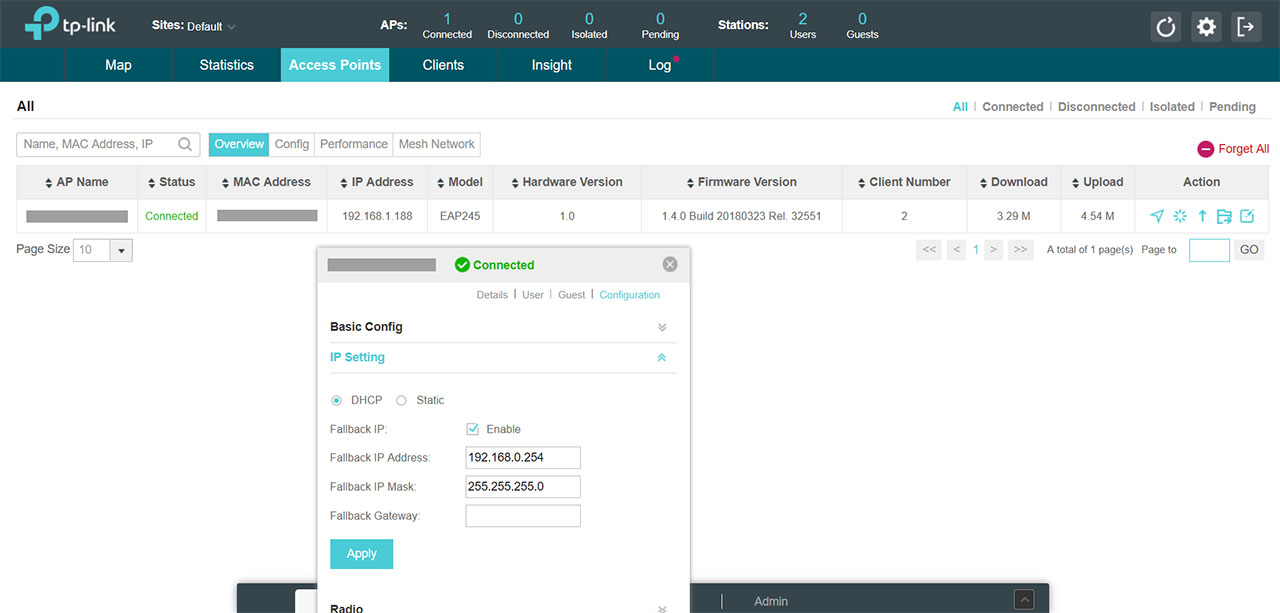
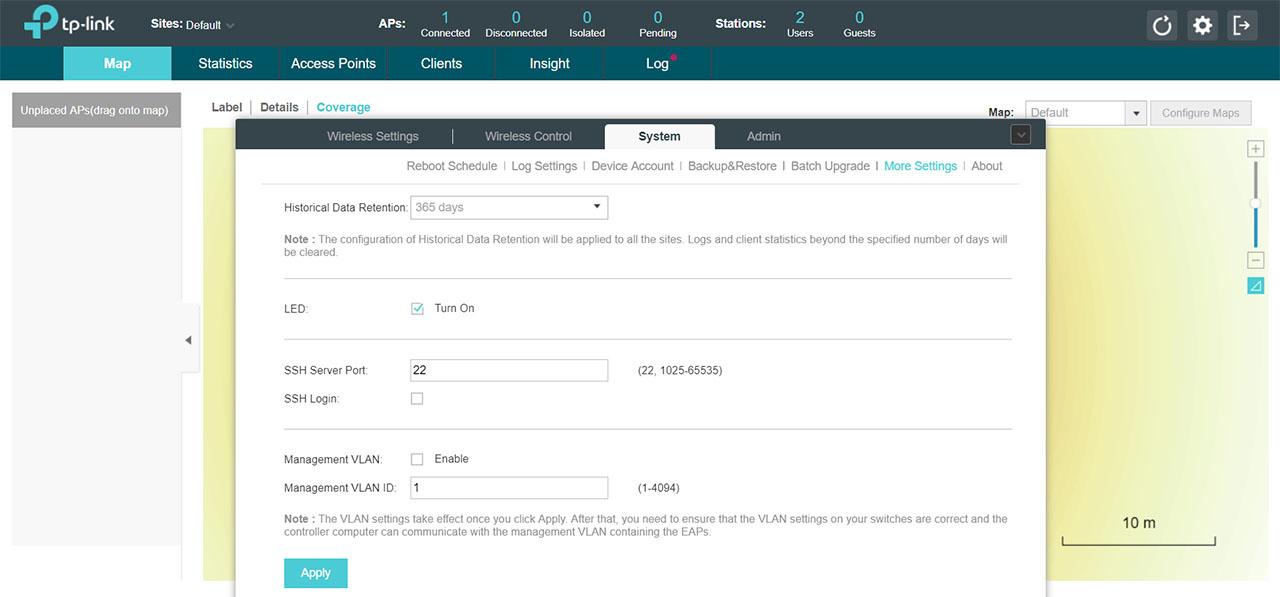
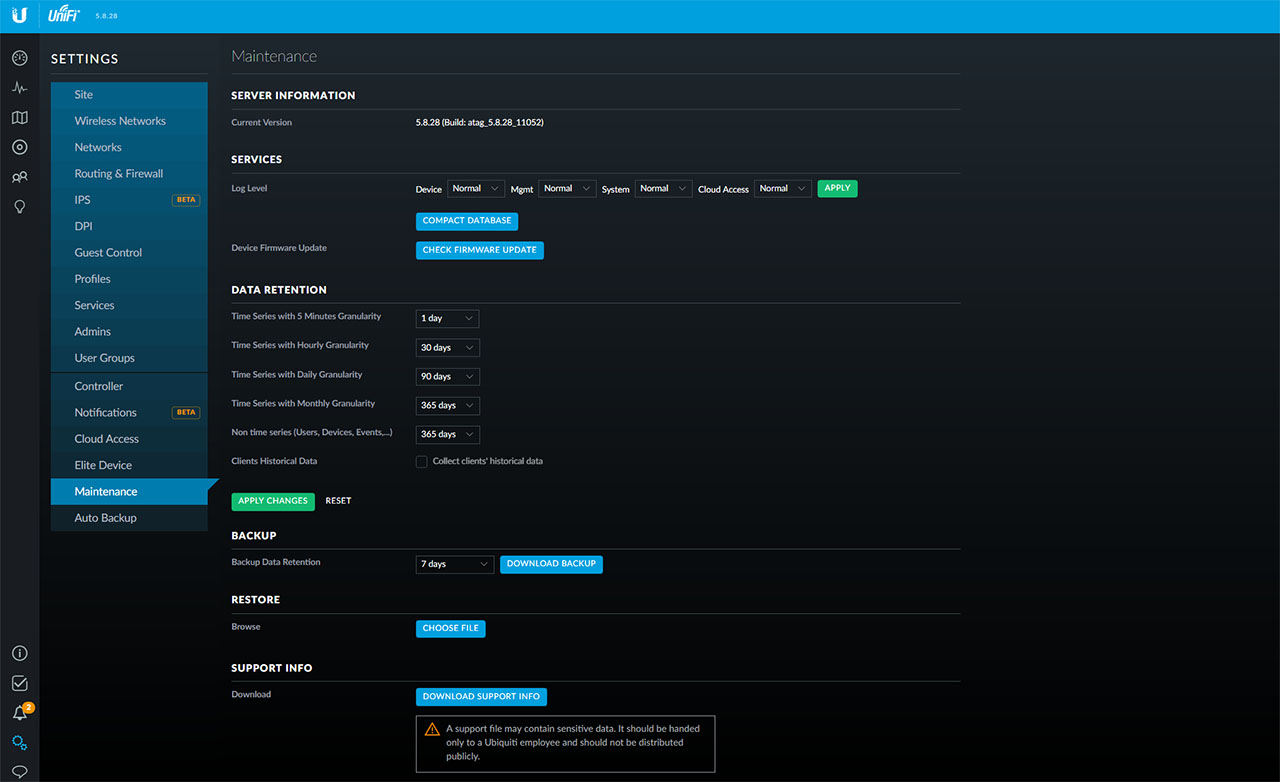
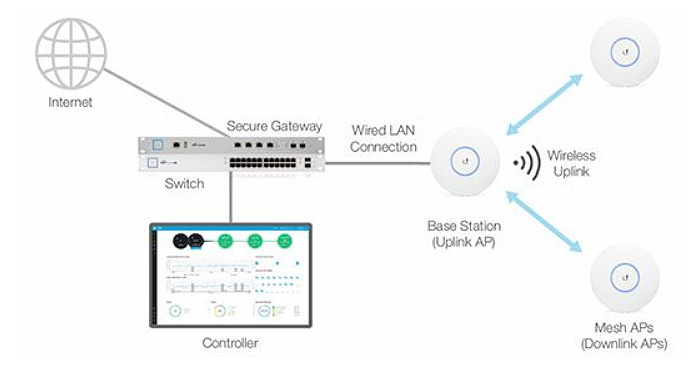
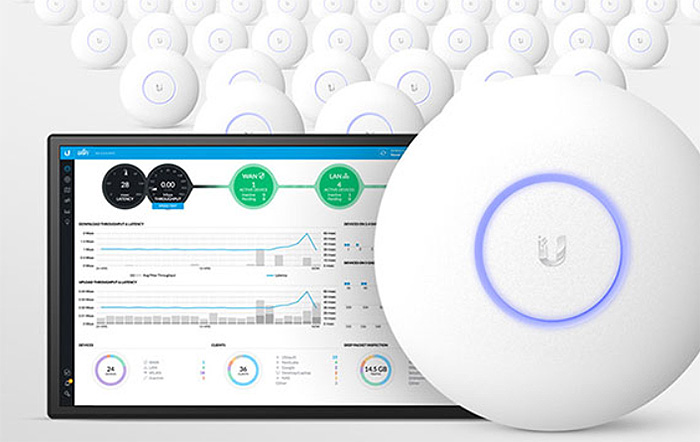
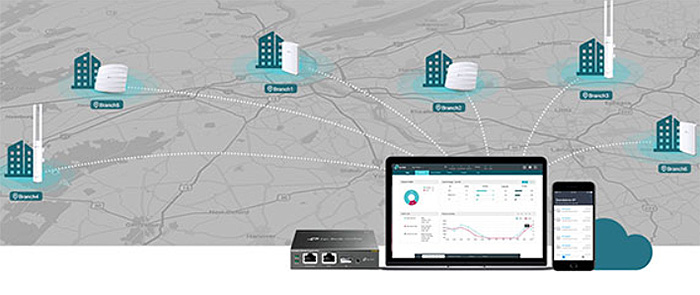
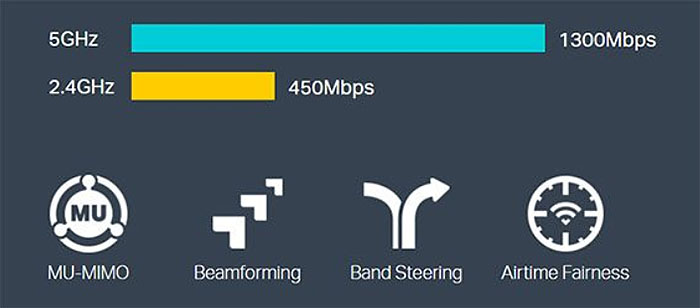
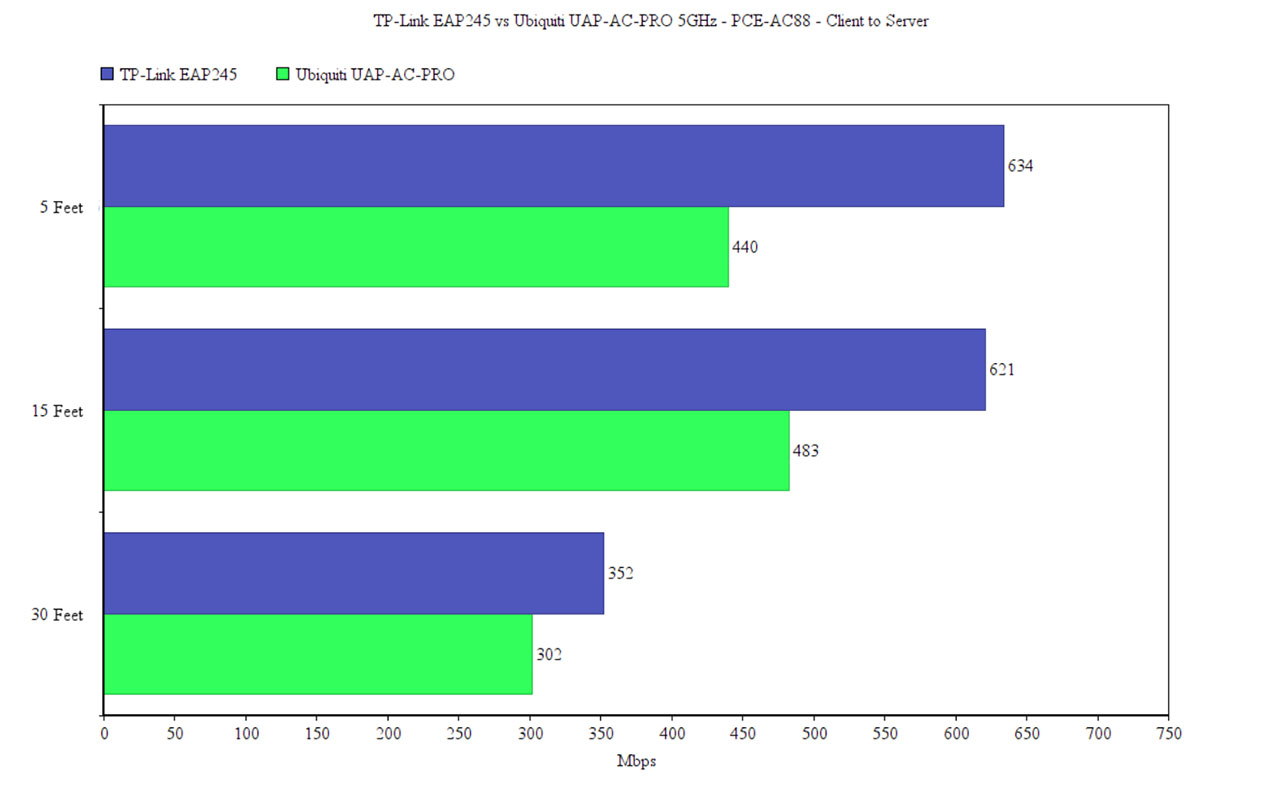
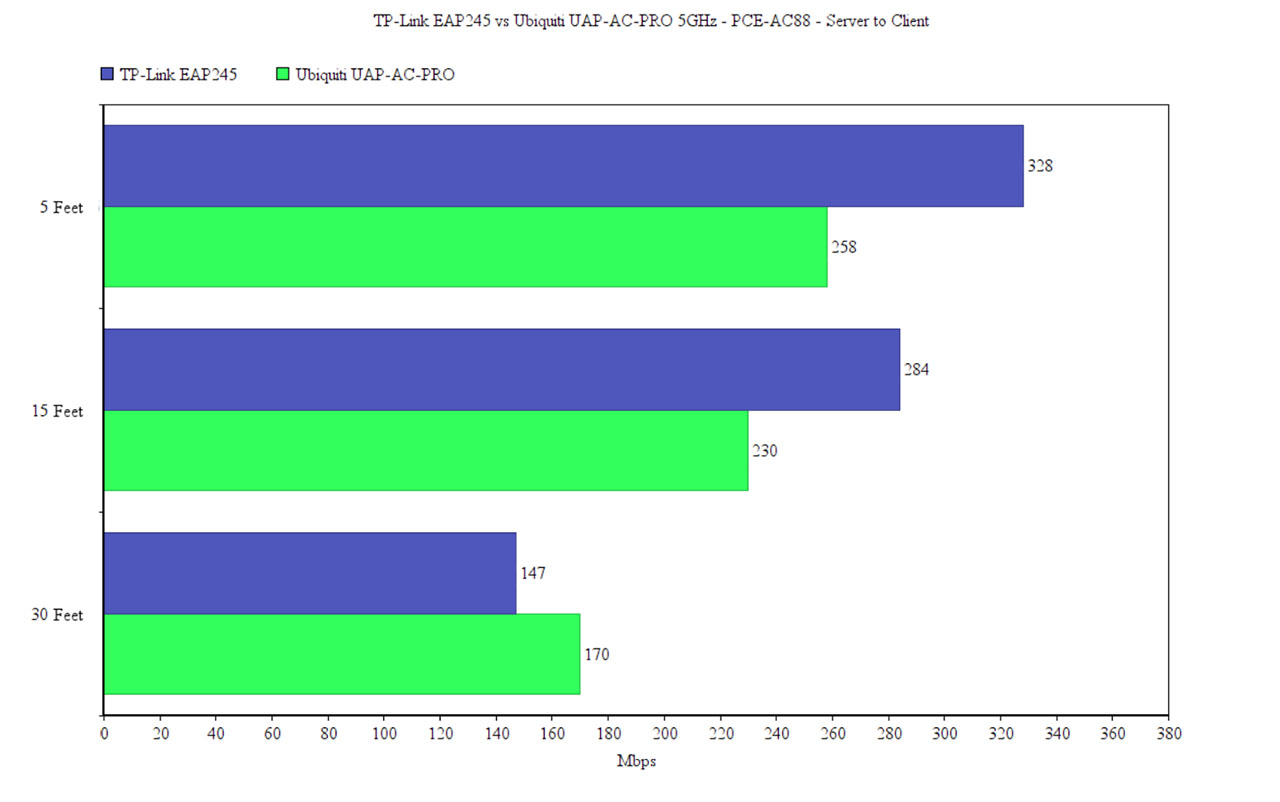
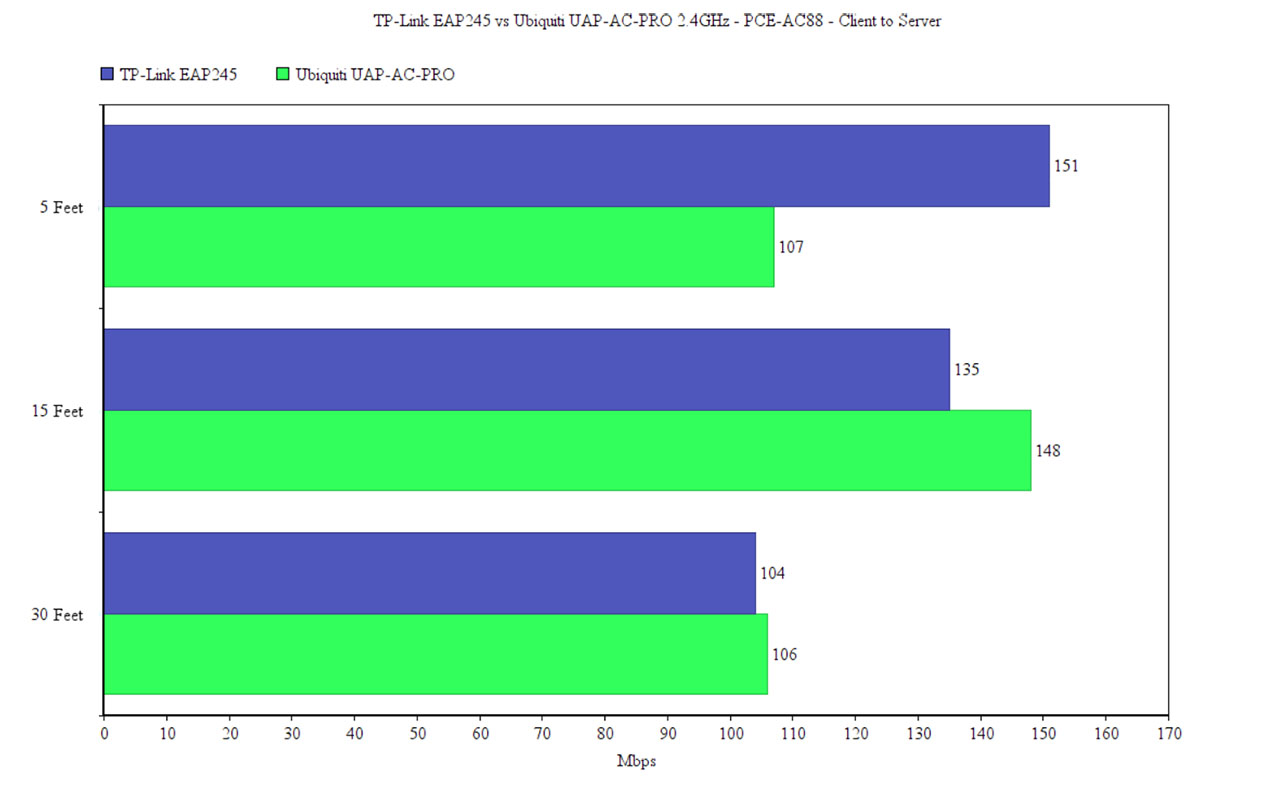
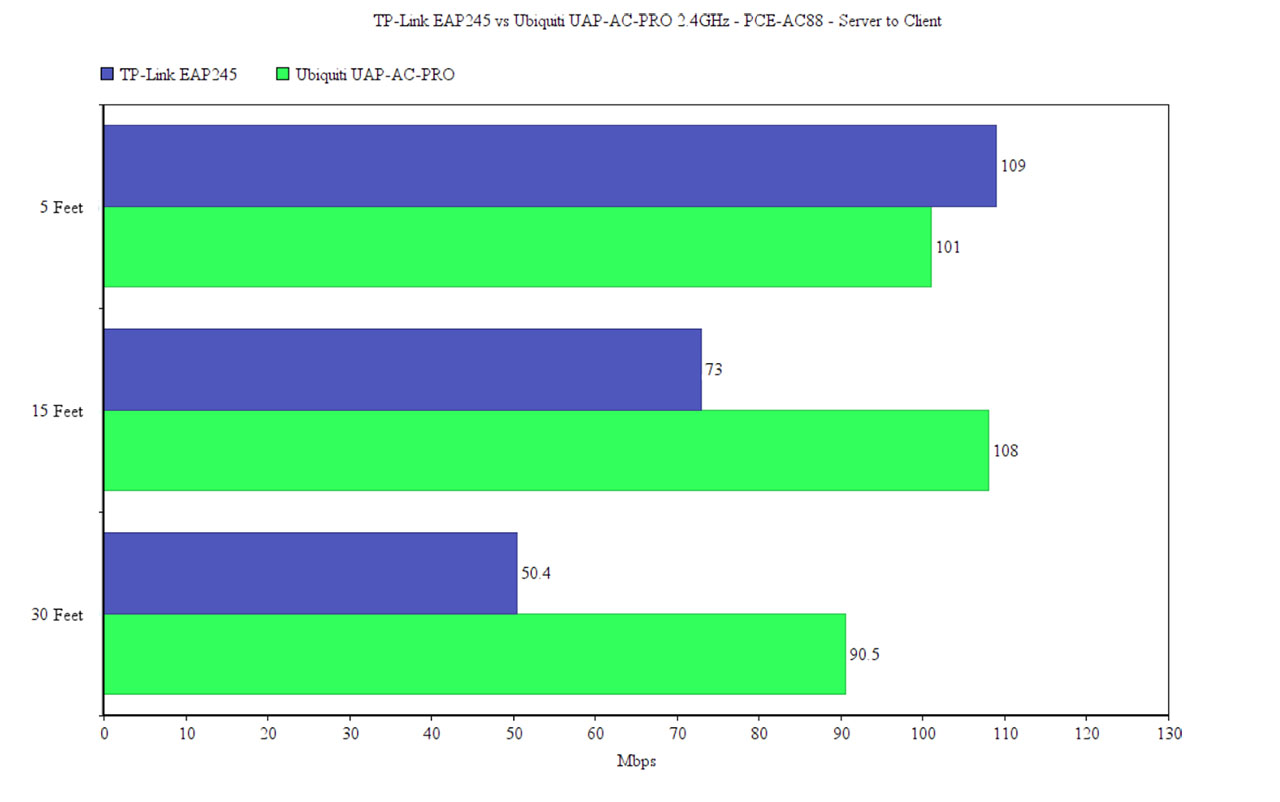
good article…. but I would neither get tp-link or Unifi.. I know Unifi firmware sometimes.. is not stable depending on firmware version. However, once you find the right version stick with it. I prefer ruckus unleashed which is rocksolid sure you pay a lot if you get new from a dealer, but less on amazon but no warranty besides the return period. Also you can get older ruckus AP points that are cheap which will out performance consumer ones and can deal with RF interference which consumer AP can’t handle. The key thing is ruckus’s unique antenna patterns which is the secret sauce. Check it out on ebay for a used one.. Recommend at this point R510 (ac wave 2, 2×2 antenna) or greater since Unleashed software has abandoned the R500/R600 this year. You can get a R500 (ac wave 1; 2×2 antenna) as cheap as $55 on ebay but stick with firmware 200.6.10.x
Unfortunately, I’m finding there’s more to it than just comparing performance and management software. Reliability is a hard thing to test, but is much more important to me. I’d gladly trade some performance for a rock solid connection. I have used a lot of TP-Link gear and found it to have problems keeping a 5Ghz connection. I’v also found that in crowded events, with say a room full of 200 people and their smartphone, the signals interfere with the wifi connection causing frequent dropouts on either band. We recently switched to Ubiquiti gear and the difference was incredible. Their access points performed flawlessly. I haven’t compared the specific access points you did, but I’m definitely a big fan of Ubiquiti now.
Great comparison btw! You are helping me a lot! 🙂
Certainly, solution-wise Unifi is way ahead with much more features. But I’m wondering if people will opt for that instead of performance? I’ve have seen many comparisons against UAPs and more or less they are always a bit behind the others, I feel like soon it will be time to move!
“especially since Ubiquiti has taken some weird steps towards making the controller more expensive, therefore edging on the enterprise-level of cost)”
Tell it to me, we had to move from the cloud controller to the totally unreliable-get-corrupted cloud key because of their unbelievable price increase.